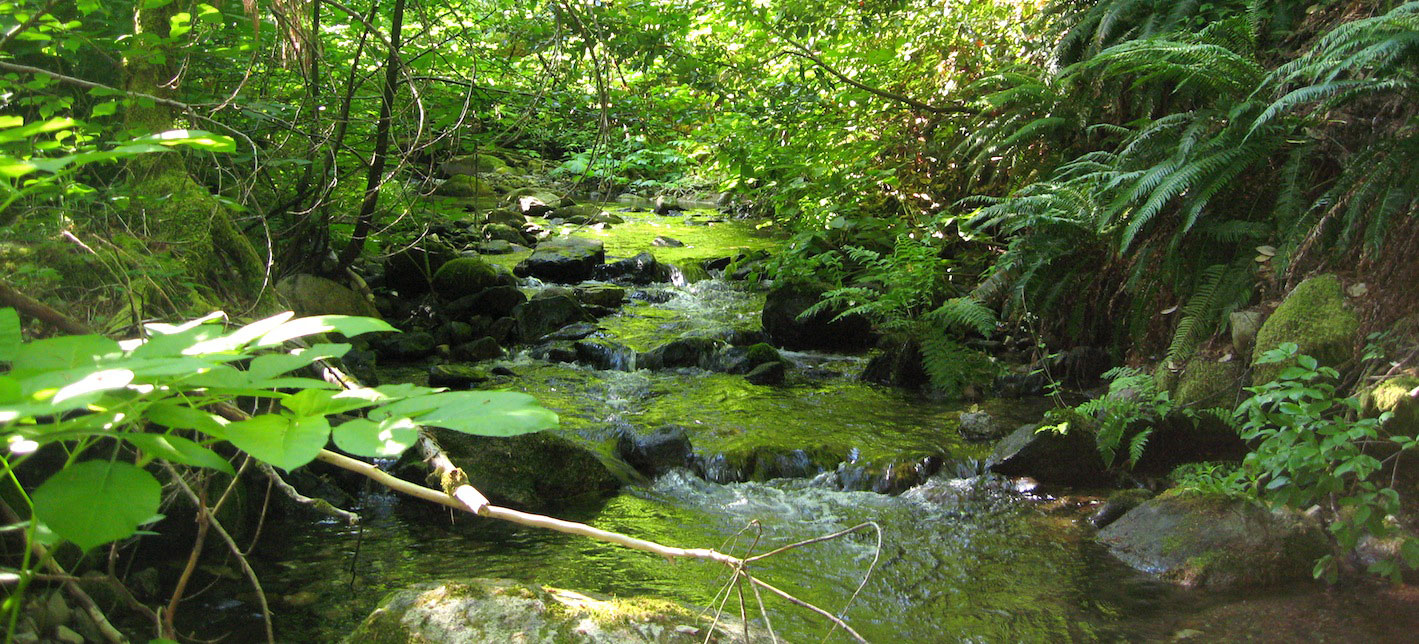In this Section: Chapter 1 Chapter 2 Chapter 3 Chapter 4 Chapter 5 Group Activity 1 Group Presentations 1 Chapter 6 Chapter 7 Chapter 8 Chapter 9 Group Activity 2 Group Presentations 2 Chapter 10 Chapter 11 Chapter 12 Chapter 13 Chapter 14 Chapter 15 Group Activity 3 Group Presentations 3 Chapter 16 Chapter 17 Chapter 18 Chapter 19 Chapter 20 Chapter 21
Chapter 8
Consequences & Management Of Urbanization Impacts
Outline:
- Flood damage risks
- Degraded water quality issues
- Socio-economic "externalities"
- Social costs
- Land use planning methodologies
- extrapolation
- crisis management
- systems analysis
- Landscape-based planning
Course Reader reading:
- Christopher J. Walsh, Allison H. Roy, Jack W. Feminella, Peter D. Cottingham, Peter M. Groffman, and Raymond P. Morgan, "The urban stream syndrome: current knowledge and the search for a cure," Journal of the North American Benthological Society 24, no. 3 (September 2005): 706-723. https://doi.org/10.1899/04-028.1.
Related web links:
- UN rapid urbanization concerns
- Floods and land use planning in the Central Valley, CA
- Anatomy of a levee failure in the Central Valley, CA, part 1
- Anatomy of a levee failure in the Central Valley, CA, part 2
Video Podcast: Socioeconomic Consequences Of Urbanization Impacts on Hydrology
This 41-minute presentation explains that "natural disasters" are hardly natural at all, but often the direct result of human intervention in to the landscape. For example, under natural conditions a particular rainstorm might only yield an in-channel flow, but after 50% urbanization of the watershed the runoff peak magnitude could be 10-20 times larger, causing water to spill out of the channel and damage property.
- 640 x 480 (480p) format that balances speed and quality. (610 MB file)
- 1920 x 1280 (HD) format that provides larges size and best quality. (3.6 GB file)
YouTube Video: A Guide for Field Identification of Bankfull Stage in the Western United States
This 30-minute presentation introduces the basic concept of "bankfull discharge" and explains how you can identify it on-site at a river. Although this is not explicitly "urban", it relates to the concept of a flood, because one has to know when water has spilled out of a channel before one can say there is a flood. That means one has to know the dimensions of a channel and this video explains how you figure that out.
In this Section: Chapter 1 Chapter 2 Chapter 3 Chapter 4 Chapter 5 Group Activity 1 Group Presentations 1 Chapter 6 Chapter 7 Chapter 8 Chapter 9 Group Activity 2 Group Presentations 2 Chapter 10 Chapter 11 Chapter 12 Chapter 13 Chapter 14 Chapter 15 Group Activity 3 Group Presentations 3 Chapter 16 Chapter 17 Chapter 18 Chapter 19 Chapter 20 Chapter 21


